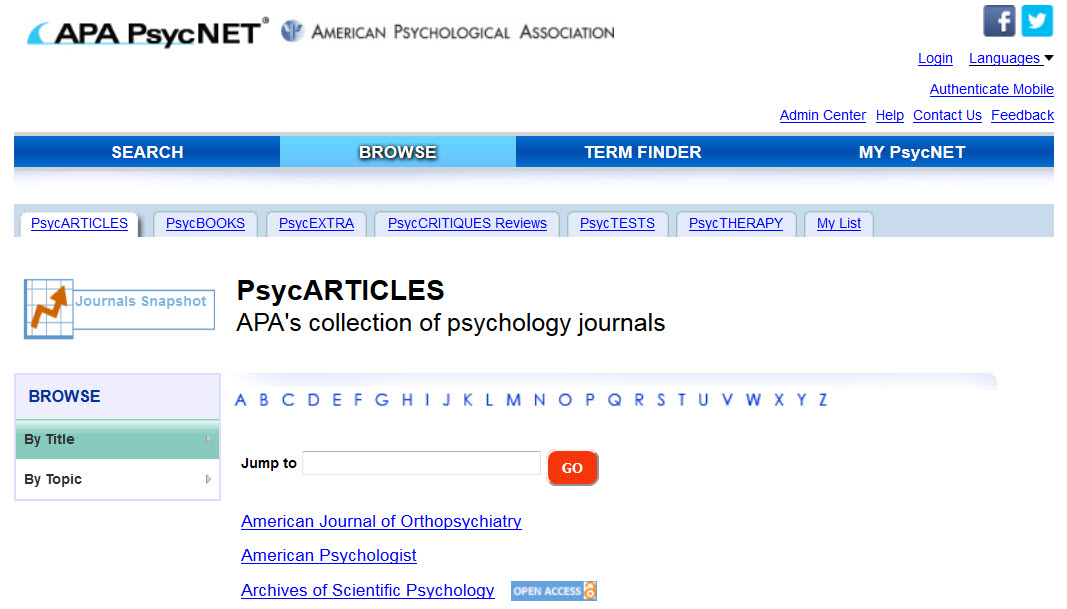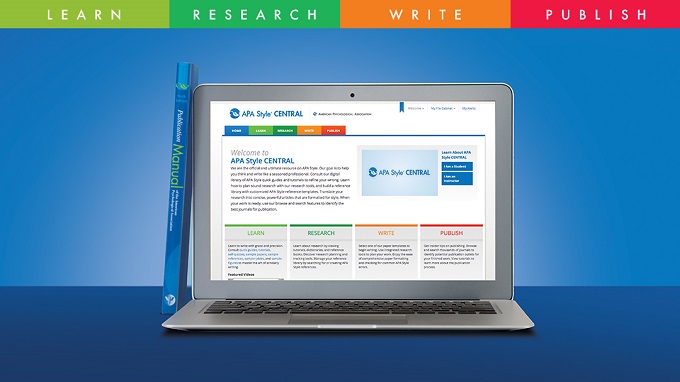PsycARTICLES®, our full-text database of articles published by APA and affiliated journals, is a rich resource of peer-reviewed articles dating back more than a century. Researchers can find the latest scholarship from across psychology and the behavioral sciences, and can also look back at the history and development of psychology.
But what’s in PsycARTICLES? As of today, the full-text of more than 100 journals is available, back to Volume 1, Issue 1 in most cases. One way to peruse the list of titles is to simply use the Browse menu on APA PsycNET, where you can choose to see the list alphabetically by title, or arranged by topic. (EBSCOhost, Ovid , and ProQuest offer a similar feature.)
The advantage of using the Browse function built into PsycARTICLES is that you can easily access individual issues of each journal, and from there the full-text of individual articles. However, we also have the full list on our website, where you can easily see the years of publication available, as well as the volumes. This can be helpful if you simply want to quickly check whether or not a particular publication is included.
We also provide access to a document that details any name changes for journals covered in PsycARTICLES.
This information, and more, can be found on the PsycARTICLES Coverage Information webpage. You can find coverage information for our other databases in the Search Help and Training Center.





